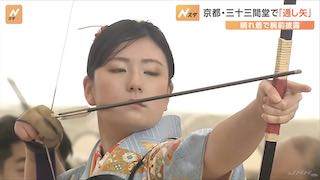Oct 05 (Nikkei) - Tattooing has a long and complex history in Japan. Its lineage can be traced to facial designs on haniwa, ancient clay figurines dating from the fourth and fifth centuries, but it was also used to punish recidivist criminals, who were humiliated by having their foreheads inscribed with four strokes composing the ideogram for "dog."
From the late 18th century to the mid-19th century they were used concurrently as punishment marks and as fashion statements among legions of laborers, rickshaw-pullers, sushi chefs, artisans, Kabuki actors and women of the pleasure quarters.
Aside from their decorative function, tattoos were often worn as protection against evil spirits or natural disasters. Firefighters were loyal patrons of tattoo artists, who provided them with water-themed imagery, common motifs being carp, water dragons and waterfalls. Japanese literature is peppered with references to irebokuro -- pledge tattoos worn by lovers, courtesans, and promiscuous priests. The novelist Junichiro Tanizaki wrote that visitors to the entertainment quarters of Edo (a former name for Tokyo), "preferred to hire palanquin bearers who were splendidly tattooed." ...continue reading















